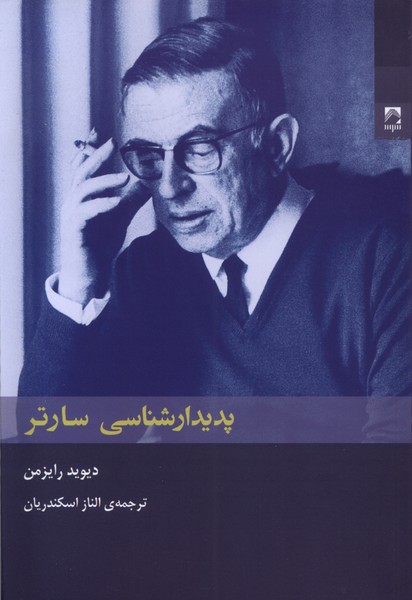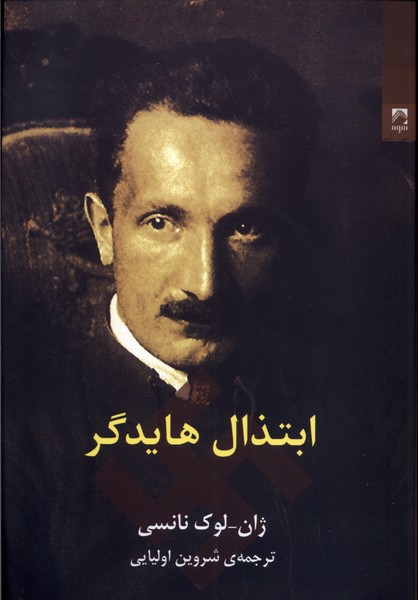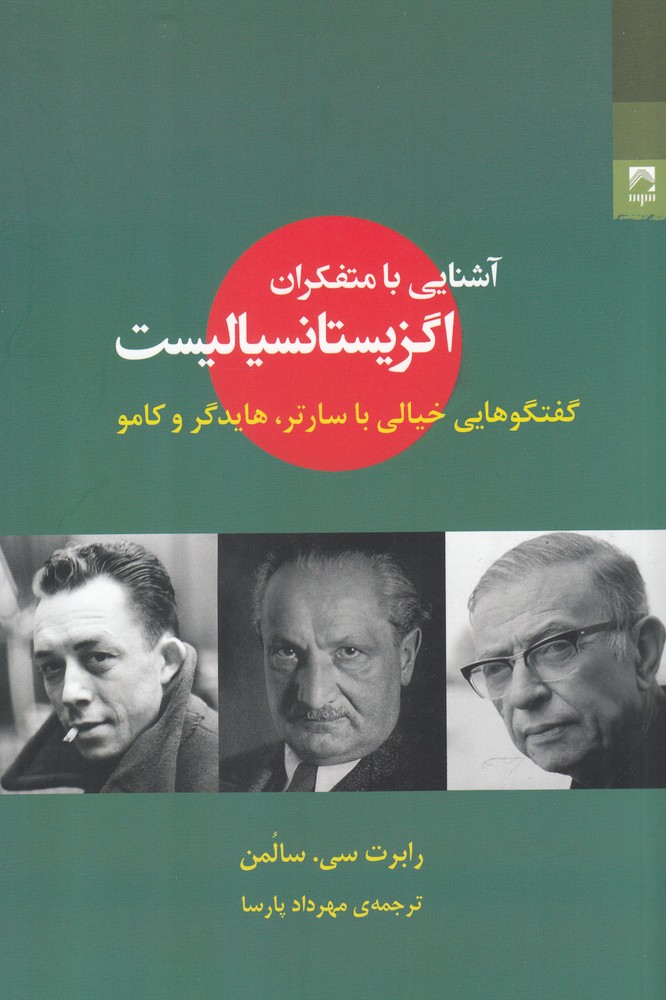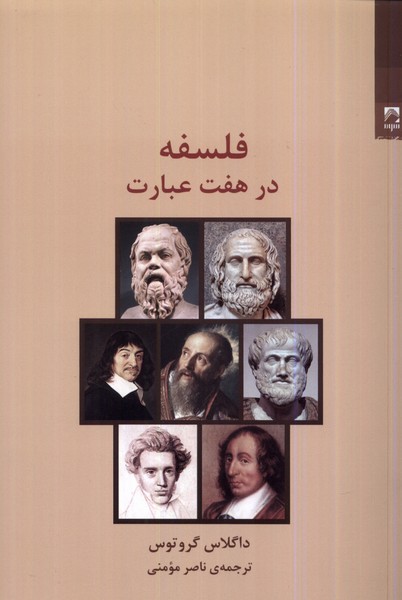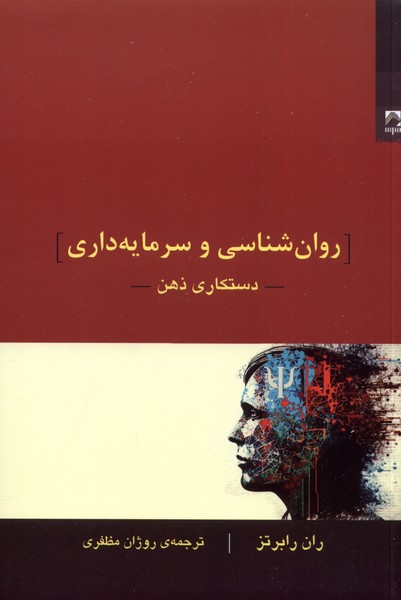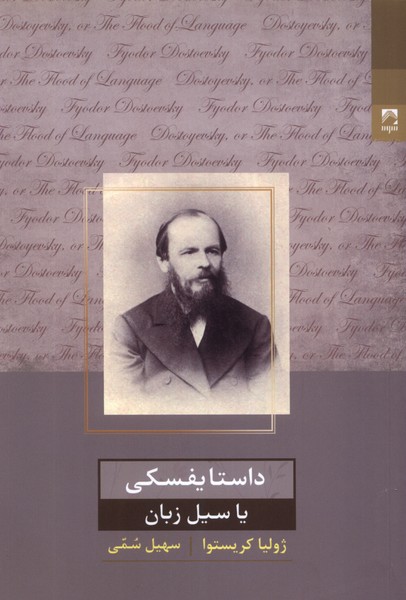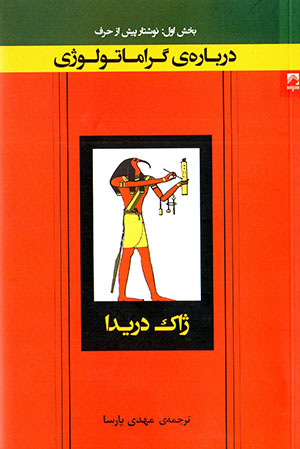Padīdār'shināsī-yi Sārtr: Persiska (Farsi) 2023
پدیدارشناسی سارتر
22,14 $
Dela
Wishlist
Originaltitel:
Sartre's Phenomenology
ISBN:
9786226359603
Översättare:
Ilnāz Iskandarīyān
Förlag:
Shavand
Åldersgrupp:
Vuxen
Sidor:
238
Vikt:
236 g
Produktmått:
14 x 21 x 2
,
2 cm
Bokomslag:
Pocketbok
In Being and Nothingness Sartre picks up diverging threads in the phenomenological tradition, weaves them together with ideas from Gestalt and behaviorist psychology, and What is consciousness? What is its relationship to the body, to the external world, and to other minds? Sartre believes that the mind and its states are by-products of introspection, created in the act that purports to discover them. How does this happen? And how are we able to perceive ourselves as persons - physical objects with mental states? Sartre's Phenomenology reconstructs Sartre's answers to these crucial questions. In Sartre's view, consciousness originally apprehends itself in terms of what it is consciousness of, that is, as an activity of apprehending the world. David Reisman traces the path from this minimal form of self-consciousness to the perception of oneself as a full-blown person. Similar considerations apply to the perception of others. Reisman describes Sartre's account of the transition from one's original apprehension of another consciousness to the perception of other persons. An understanding of the various levels of self-apprehension and the apprehension of others allows Reisman to penetrate the key ideas in Being and Nothingness, and to compare Sartre to analytic philosophers on fundamental questions in the philosophy of mind.
more
سارتر در «هستی و نیستی» رشتههای متفاوتی را در سنت پدیدارشناسی برمیدارد، آنها را با ایدههایی از گشتالت و روانشناسی رفتارگرا به هم میپیوندد، و آگاهی چیست؟ رابطه آن با بدن، دنیای بیرون و ذهن های دیگر چیست؟ سارتر معتقد است که ذهن و حالات آن محصول فرعی درون نگری هستند که در عملی ایجاد می شوند که مدعی کشف آنهاست. چگونه این اتفاق می افتد؟ و چگونه میتوانیم خود را بهعنوان افراد - اشیاء فیزیکی با حالات ذهنی درک کنیم؟ پدیدارشناسی سارتر پاسخ های سارتر به این پرسش های مهم را بازسازی می کند. از نظر سارتر، آگاهی در اصل خود را بر حسب آنچه که آگاهی است، یعنی به عنوان فعالیتی برای درک جهان، درک می کند. دیوید ریزمن مسیری را از این شکل حداقلی خودآگاهی تا درک خود به عنوان یک فرد تمام عیار ترسیم می کند. ملاحظات مشابهی در مورد ادراک دیگران اعمال می شود. رایسمن روایت سارتر را از گذار از درک اولیه خود از آگاهی دیگر به ادراک افراد دیگر توصیف می کند. درک سطوح مختلف خودآگاهی و دلهره از دیگران به رایسمن اجازه می دهد تا در ایده های کلیدی در هستی و نیستی نفوذ کند و سارتر را با فیلسوفان تحلیلی در مورد مسائل اساسی در فلسفه ذهن مقایسه کند.
more

